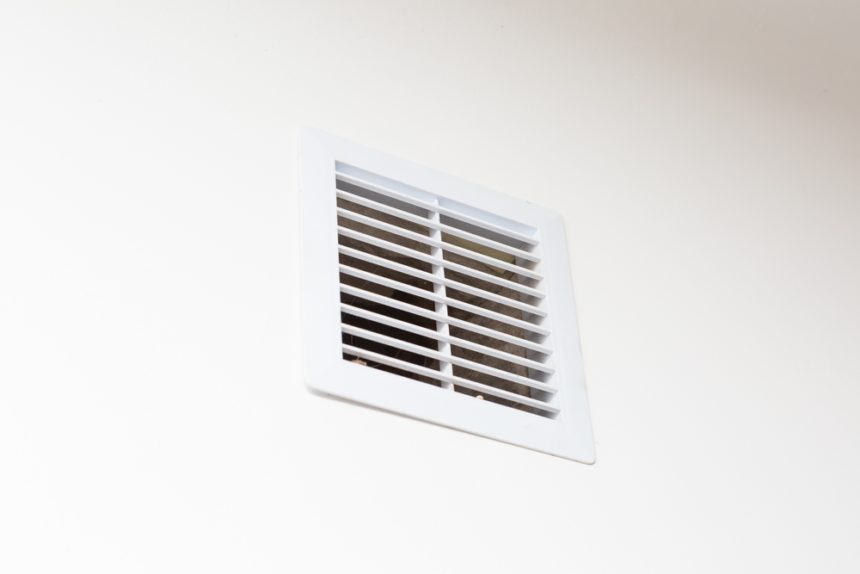External insulation will make a huge difference in terms of the warmth of a property, but you must be careful to ensure that the ventilation in the property is fit for purpose or you could find yourself afflicted by condensation problems.
EWI usually improves damp in a well ventilated property
Where a property is adequately ventilated to allow moisture to escape, external insulation should help improve condensation issues. On a cold internal wall, moisture in the warm air can condense on the wall forming damp patches and eventually mould. When EWI is installed, these surfaces become warmer and therefore less condensation will form on them.
In most properties, this means that EWI is a huge benefit and creates a warm and damp-free property. Where inadequate ventilation is available however, the insulation can exacerbate the problem. What does this mean practically though?
Excess condensation
In properties without ventilation, the moisture in the home will build up and condense on the coldest available surface. After EWI is installed, this is usually the windows, and perhaps the reveals around the windows. If you have this problem, chances are that there is insufficient ventilation.
What can you do about insufficient ventilation?
If you have EWI installed and you are getting moisture on the windows, you might need to look at adding some ventilation. This is not a big investment – even fitting half a dozen vents over the house should take no more than a day, but it can make a massive difference to the moisture in the room.
There are a few different types of vents, but we broadly split them into 3 different categories:
- Simple vents – These are holes in the wall with a plastic cover at each end. They are often found in older properties and have the disadvantage of causing draughts through the home.
- Black hole vents – These vents have a simple coil inside which prevents the air from blowing through, but still allows air to move. These are now standard for bedrooms and living areas.
- Mechanical ventilation – These are often necessary in bathrooms and kitchens where excess moisture is generated and cannot be dealt with by simple natural ventilation.
The cost of these is not that high, and you really don’t lose as much heat as you might think, so it really does make sense to fit them if you don’t have enough ventilation. But more than reducing damp, ventilation is essential for gas safety as well. If you have a gas appliance in the property, it is imperative that you have sufficient ventilation to ensure that if the appliance malfunctions, it does not produce carbon monoxide.
Don’t block your vents!
If you have vents and are thinking of blocking them off, please don’t! They are there for a reason and blocking them is not a good idea. If you are concerned about the draught they are causing then they are likely older natural vents with no draught protection. You can get a black hole vent fitted very easily, so go ahead and get this done instead of bricking up your vents.















No comments yet